The Great Divide: Play-to-Earn vs. Traditional Gaming
Gaming has long been a cherished pastime, a digital escape offering unparalleled entertainment, challenge, and social interaction. For decades, the model was straightforward: buy a game, play it, enjoy it. But a new paradigm has emerged, challenging these established norms and promising a revolution in how we interact with virtual worlds: Play-to-Earn (P2E) gaming. This innovative approach, deeply rooted in blockchain technology, introduces a compelling financial incentive that blurs the lines between entertainment and economic activity. While both traditional gaming and P2E strive to deliver engaging experiences, their underlying philosophies, economic models, and player relationships are fundamentally different. Understanding these distinctions is key to navigating the evolving landscape of digital entertainment.
Traditional Gaming: The Familiar Landscape
For the vast majority of players, traditional gaming is the familiar comfort zone. From the earliest arcade machines to the latest console blockbusters and intricate PC experiences, the core loop remains consistent. Players purchase a game, either physically or digitally, and in return, they receive access to a crafted world, characters, stories, and mechanics designed for their enjoyment. Monetization for developers and publishers typically comes from initial sales, but has evolved significantly to include downloadable content (DLC), expansion packs, season passes, and increasingly, microtransactions for cosmetic items, convenience features, or even loot boxes.
In this model, the game studio is the ultimate authority. They own all the intellectual property, the servers, and crucially, all the in-game assets. When you buy a rare sword in an MMORPG or a unique skin in a battle royale, you don't truly 'own' it in a transferable sense outside the game's ecosystem. You merely license the right to use it within their controlled environment. Your account can be banned, your items revoked, and your progress reset by the publisher at their discretion, often detailed in lengthy terms of service agreements that few players fully read. The primary motivation for players is entertainment, escapism, challenge, and social connection. The value derived is experiential, not monetary. This centralized model has fostered incredible innovation and delivered countless hours of joy, but it inherently keeps players as consumers rather than stakeholders in the game's economy.
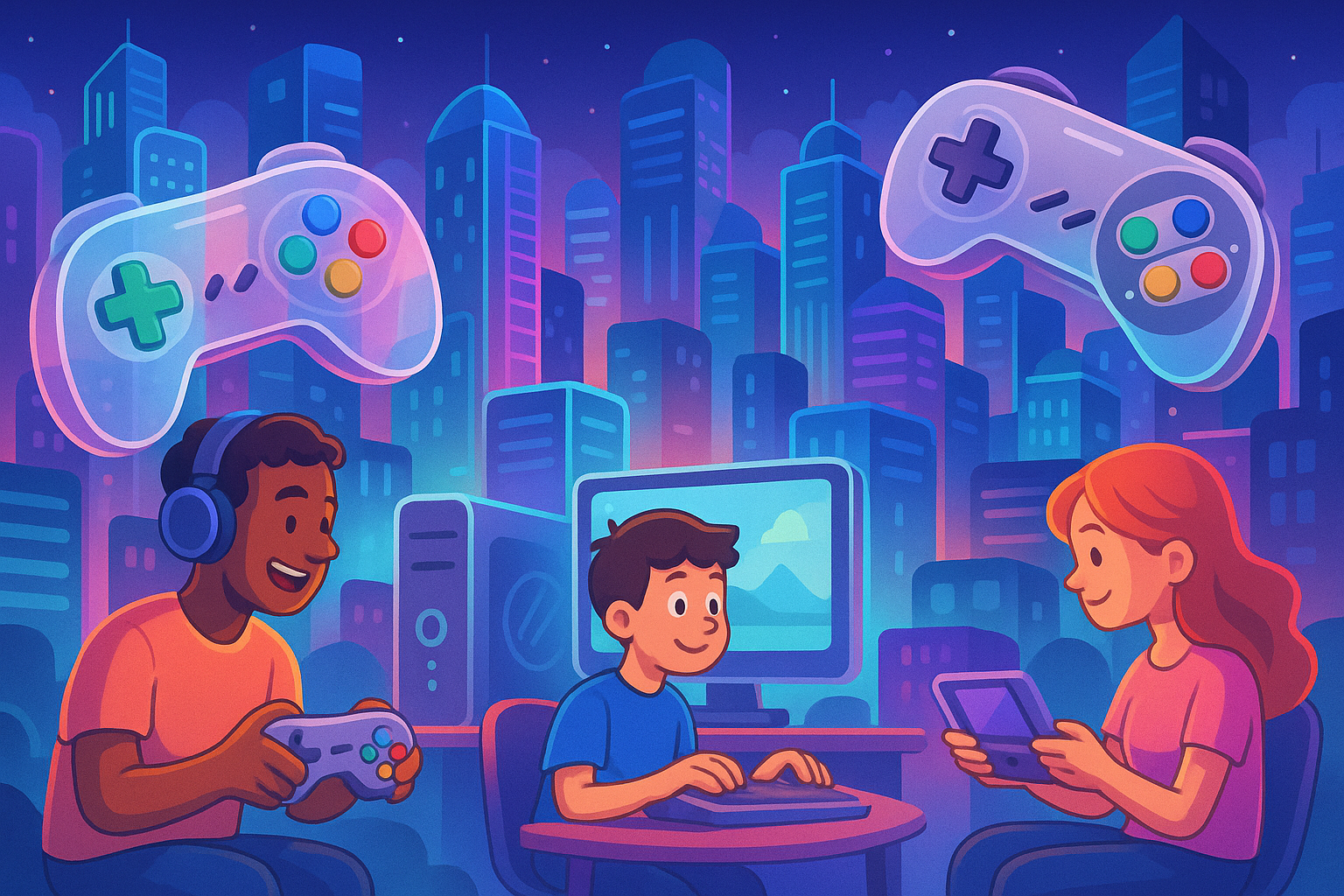
Play-to-Earn: A New Economic Frontier
Enter Play-to-Earn, a concept that fundamentally redefines the relationship between players and games by integrating blockchain technology and digital asset ownership. At its core, P2E empowers players to earn tangible value – often in the form of cryptocurrency tokens or Non-Fungible Tokens (NFTs) – through their gameplay, contributions, and time spent in the game. This isn't merely about in-game currency; it's about earning assets that can be freely traded, sold, or used outside the game's ecosystem, on open marketplaces.
The shift comes from the implementation of NFTs. Unlike traditional in-game items, an NFT represents true digital ownership of a unique item, character, or plot of virtual land on a blockchain. This means if you earn or acquire an NFT in a P2E game, it belongs to you, not the game publisher. You can sell it to another player, move it to a different wallet, or even potentially use it in another compatible game (though this cross-game utility is still largely aspirational).
Monetization for players in P2E can take various forms: earning native game tokens by completing quests, battling other players, or farming in-game resources; minting and selling rare NFTs dropped during gameplay; staking tokens for yield; or even providing liquidity within the game's decentralized finance (DeFi) components. Many P2E games also operate on a scholarship model, where NFT owners can lend their assets to other players (scholars) in exchange for a percentage of their earnings, lowering the barrier to entry for those who can't afford the initial NFT investment.
The primary motivation here is a blend of entertainment and financial incentive. While the 'earn' aspect is a significant draw, sustainable P2E games also understand the need for compelling gameplay to retain users. However, the allure of potential income can sometimes overshadow the fun, leading to concerns about 'grind-to-earn' mechanics where gameplay becomes a chore rather than a pleasure.
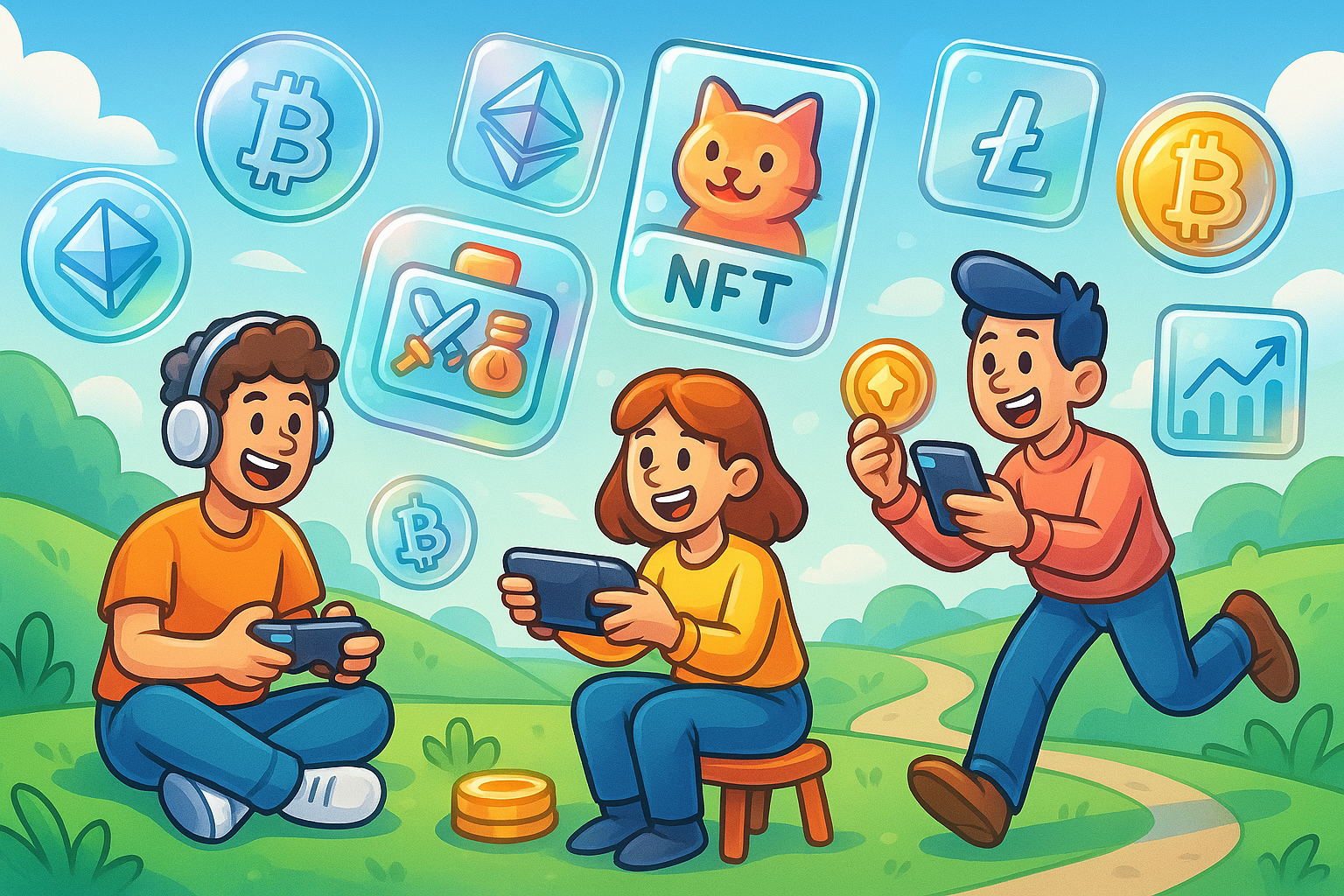
Key Differences Explored
1. Asset Ownership
This is perhaps the most fundamental divergence. In traditional gaming, any item you 'own' is essentially a license. The underlying digital asset belongs to the game developer. With P2E, powered by NFTs, players gain true, verifiable digital ownership. Your rare sword isn't just a pixelated image on a screen; it's a unique token on a blockchain, registered in your wallet. This paradigm shift gives players unprecedented control over their digital assets.
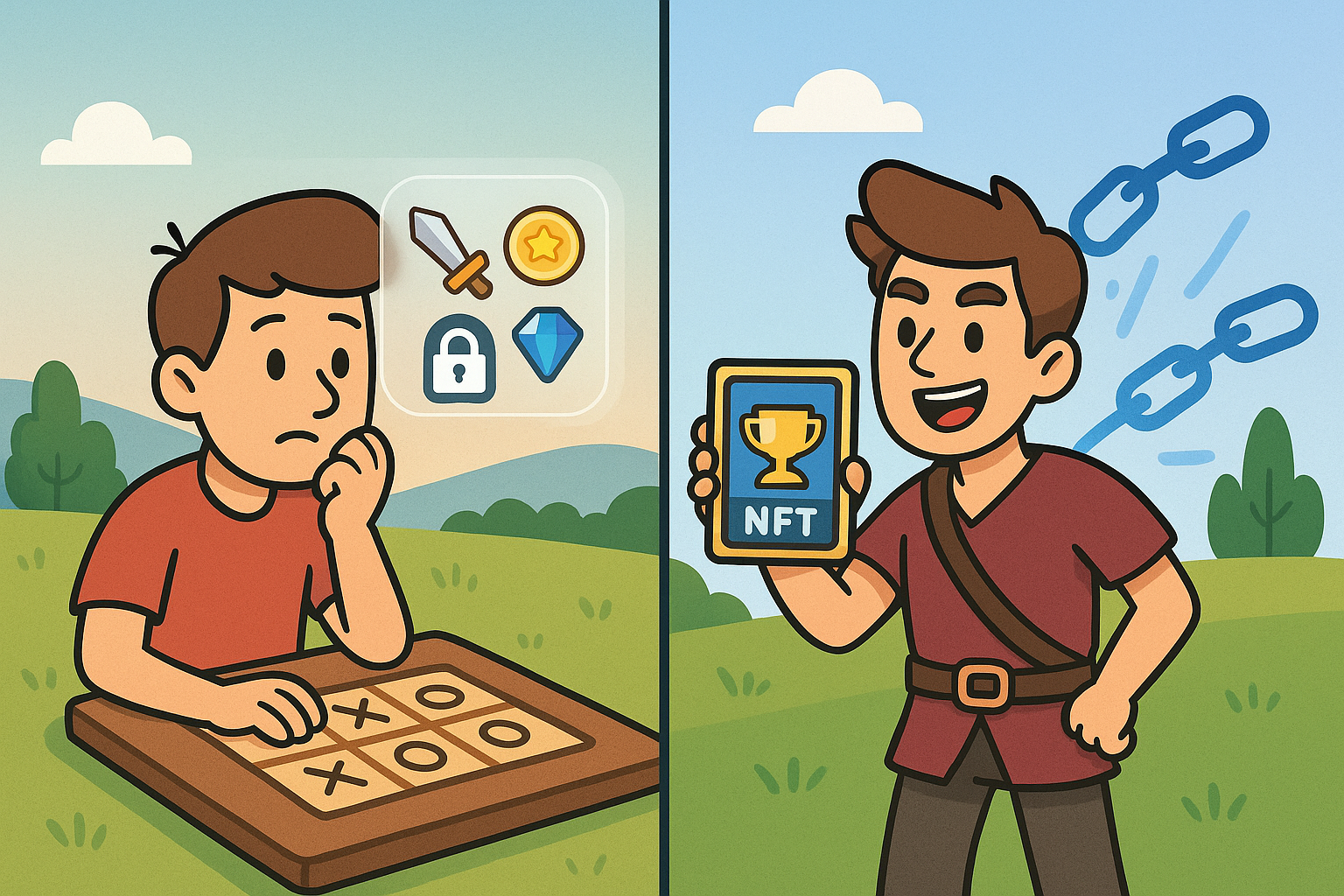
2. Economic Model & Value Flow
Traditional gaming typically features a one-way flow of value: players spend money to acquire games and in-game items, and that money flows to the developers and publishers. The value proposition for the player is entertainment. P2E introduces a two-way or multi-directional flow. Players can still invest (buying initial NFTs or tokens), but they can also extract value by selling their earned assets, turning time and skill into tangible financial returns. This creates a player-owned economy, where the community can influence asset values and even game development through Decentralized Autonomous Organizations (DAOs) in some projects.
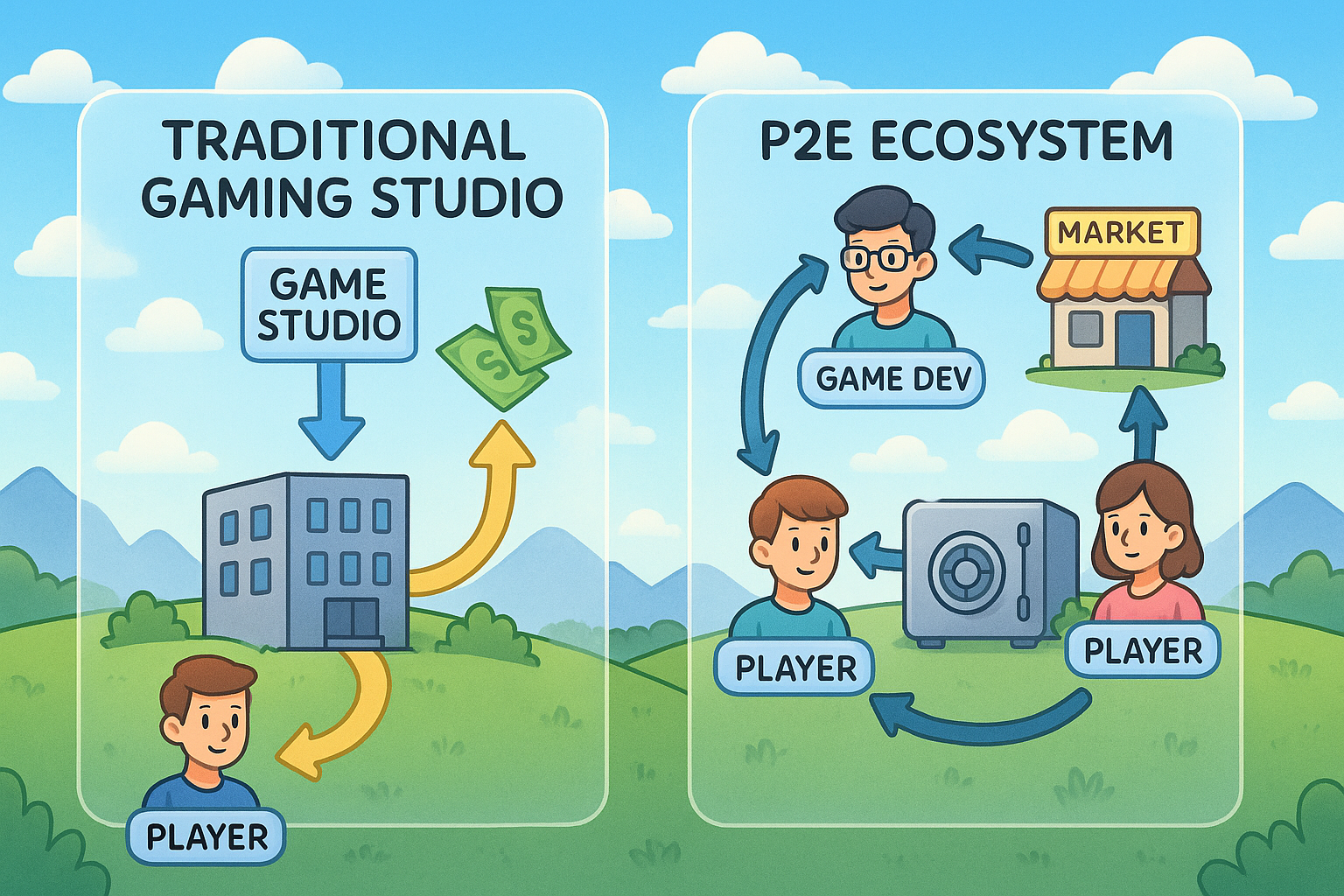
3. Primary Player Motivation
For traditional games, the driving force is enjoyment, challenge, narrative, and social interaction. While some players might sell accounts or items on gray markets, it's not an intended or officially supported feature. In P2E, while entertainment is a goal, the financial incentive is a core component of the appeal. This dual motivation can lead to different game design philosophies, with P2E often incorporating more repetitive tasks or 'farming' mechanics designed for earning, which can sometimes detract from the pure fun factor.
4. Control and Governance
Traditional gaming is a centralized system. A single company or publisher makes all the decisions regarding game development, updates, monetization, and rule enforcement. Players have little to no direct say beyond providing feedback. Many P2E projects, leveraging blockchain's decentralized nature, aim for a more community-driven approach. Through DAOs, token holders (who are often players) can vote on proposals for game updates, economic changes, and future direction, granting them a degree of governance previously unheard of in mainstream gaming.
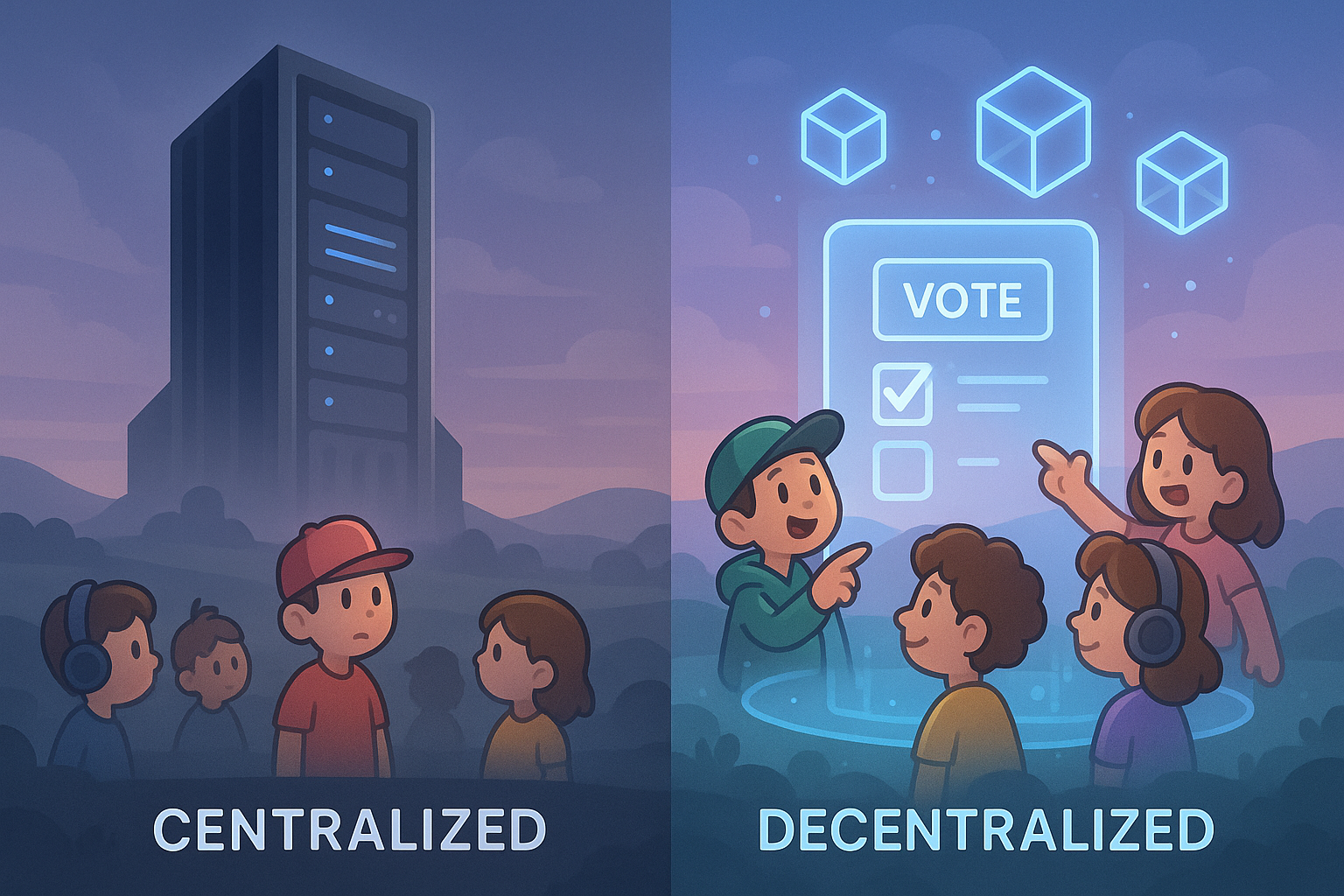
5. Barriers to Entry
Traditional gaming often has an upfront cost for the game itself, and possibly for hardware. P2E games can sometimes have a significant upfront investment in NFTs or tokens to begin earning, which can be a major hurdle. However, the scholarship model in some P2E games aims to mitigate this by allowing players to borrow assets and earn a share of the profits. Conversely, many traditional games now offer free-to-play models with optional purchases, shifting the barrier from entry to progression or cosmetic customization.
Challenges and the Evolving Landscape
Both models face their unique set of challenges. Traditional gaming grapples with issues like rising development costs, increasing player expectations for live service content, the pushback against predatory monetization (e.g., loot boxes), and maintaining innovation in a saturated market. P2E, being a newer and more experimental model, faces even more significant hurdles. Sustainability is a primary concern; many early P2E games have struggled with tokenomics that lead to inflationary spirals and eventual collapse of asset values. The 'ponzinomics' label is often attached, highlighting the risk of a system reliant on a constant influx of new players. User experience (UX) is another major hurdle; many P2E games are less polished and intuitive than their traditional counterparts, often requiring players to navigate complex blockchain wallets and transactions. Regulatory uncertainty surrounding digital assets and NFTs also casts a shadow. Furthermore, the environmental impact of certain blockchain technologies (though many are moving to more energy-efficient proof-of-stake) remains a point of criticism.
Despite these challenges, the influence of P2E is undeniable. We are seeing a blurring of lines, with traditional publishers exploring blockchain integration and NFT strategies, albeit cautiously. The future likely holds a spectrum of models, from purely entertainment-focused traditional games to robust, player-owned P2E economies, and perhaps hybrid games that blend elements of both, offering optional NFT integration or player-driven marketplaces within a familiar gaming structure.
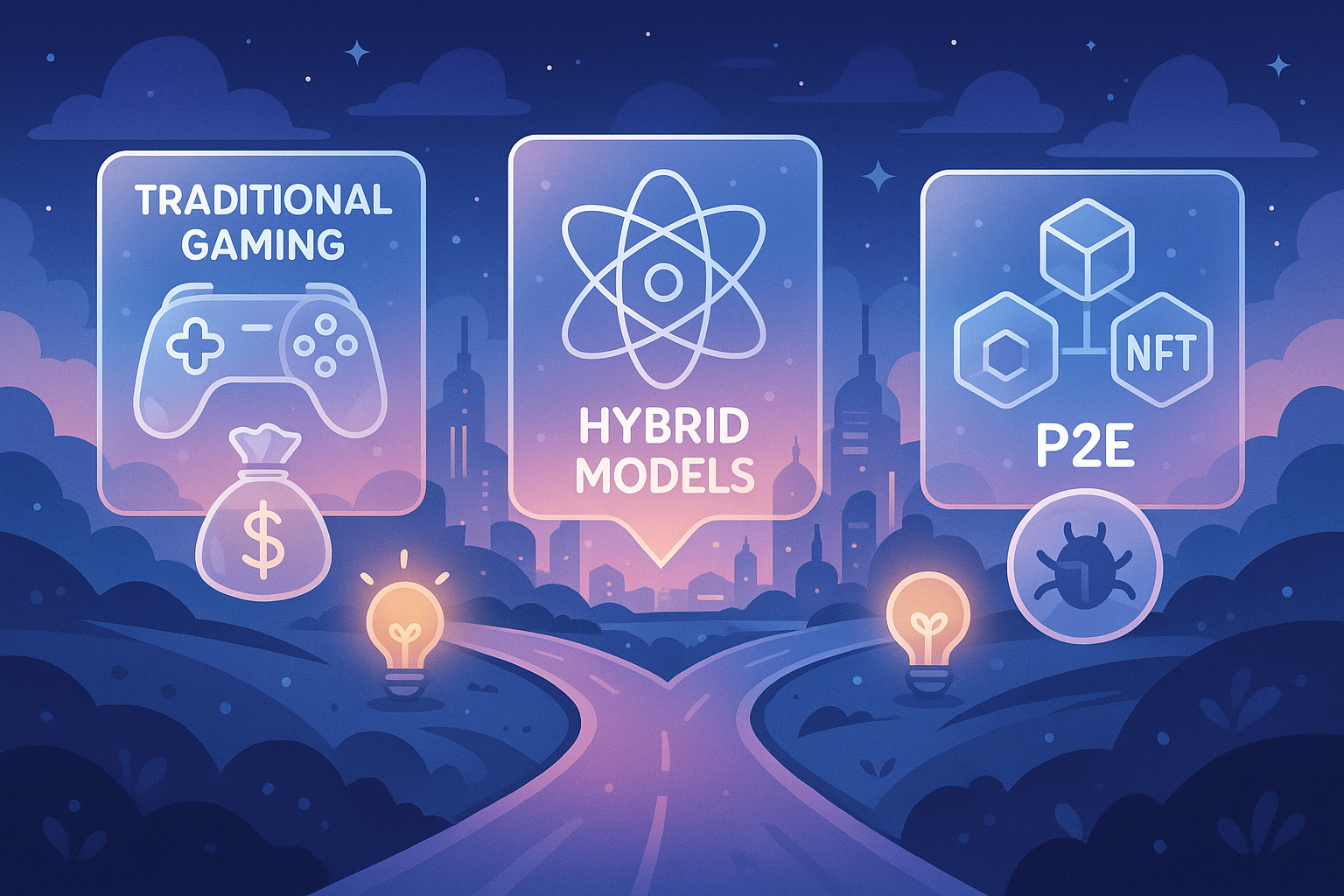
Conclusion
The emergence of Play-to-Earn gaming represents a significant inflection point in the history of digital entertainment. While traditional gaming continues to offer unparalleled escapism and curated experiences driven purely by fun, P2E introduces a revolutionary concept of player ownership and economic participation. It's a shift from 'consumer' to 'stakeholder,' promising a future where players aren't just spending money, but potentially earning value for their time and skill. Both models have their merits and their flaws, and neither is destined to completely replace the other. Instead, they represent different philosophies on value, ownership, and the very purpose of playing. As technology evolves and design matures, the gaming landscape will undoubtedly become richer and more diverse, offering players an unprecedented choice in how they engage with their favorite virtual worlds.

